Detailed introduction of the University of Almería:
Introduction and Overview
Geographical location: Located in Almeria, Andalusia, Spain, on the Mediterranean coast.
Student size: There are 13,015 students in 2025, of which international students account for about 12%.
History and establishment time
The University of Almeria was founded in 1993. It was originally an affiliated college of the University of Granada. In 1993, the Andalusian Parliament passed a decree to transform it into an independent university, and it gained full autonomy after the expiration of the four-year transition period.
School Strength
Teaching Quality: It provides professional courses at multiple levels such as college, undergraduate, master, and doctoral degrees, covering many subject areas such as education, economics, law, humanities, science and engineering, health sciences, etc., to meet the learning needs of different students.
Faculty: There were 871 lecturers in 2008 and nearly 700 professors by 2025, with a teacher-student ratio of about 1:25.
Research strength: The research work is mainly related to the local financial environment. There is a special focus and in-depth research in the fields of solar energy, agriculture and water resources management, and certain scientific research results have been achieved, which has promoted the development of related fields.
Institutional nature
A public university in Spain.
Educational philosophy
Aiming to activate social change through economic, cultural and social development, it is committed to providing teachers and teaching methods that best suit the local historical, economic and cultural characteristics, focusing on cultivating students' professional knowledge and practical ability, while also emphasizing students' social responsibility and innovative spirit to better adapt to the needs of social development.
Key laboratories and disciplines
Key disciplines: According to the university rankings formulated by the Spanish Knowledge and Development Foundation, the school's mathematics major ranks second in Spain. In the U-Ranking ranking formulated by the Valencia Economic Institute, its English Studies, Spanish Language and Literature, History and Humanities majors are all ranked in the top three in the southern Andalusia region. In addition, disciplines such as agriculture and solar energy are also developing well.
Key laboratories: No clearly named key laboratories were found in the school, but given its research in solar energy, agriculture and water resources management, it is speculated that the school has relevant scientific research experimental facilities or has established experimental platforms in cooperation with off-campus institutions to support scientific research projects.
Department settings
There are 8 teaching colleges and departments, including the School of Health Sciences, the School of Economics and Business Research, the School of Natural Sciences, the School of Education, the School of Law, the School of Humanities, the Department of Experimental Sciences, and the Department of Psychology; 2 colleges, namely the Higher Institute of Technology and the School of Labor Relations; 1 affiliated center, namely the School of Labor Relations.
Ranking
In the 2023 Times Higher Education World University Rankings, it ranks 1001-1200.
In the 2023 US World University Rankings, it ranks 1317.
In the 2021 Academic Ranking of World Universities, it ranks 901-1000.
Expenses
Tuition fees: Undergraduate tuition fees are about 800-1000 euros/year, master's tuition fees are about 1000-1500 euros/year, and doctoral tuition fees vary depending on the major, generally around 1000-2000 euros/year. The above data is for reference only, and the specific tuition fees may vary depending on the major and course.
Scholarships: The school has a variety of scholarships, such as the Andalusian Autonomous Region Government Scholarship, the University of Almeria Scholarship, etc., to encourage outstanding students and support students with financial difficulties to complete their studies. The scholarship amount and application conditions vary.
Campus Environment
Campus layout: The campus is located on the Andalusian coast, close to the road leading to Cabo de Gata-Níjar Natural Park. The campus has well-arranged classrooms, lecture halls, greenhouses for practical work and other teaching facilities. There are also three cafes, a restaurant and multiple snack stands for students to eat. Sports facilities include basketball courts, volleyball courts, football fields and tennis courts. In addition, there is a maestro padilla projection hall operated by the University Film Club for students to entertain.
Surrounding environment: The campus is located at the foot of the Moorish fortress Alcazaba. At the foot of the mountain, the city of Almeria has a bustling port and a historic old town. The area has a semi-arid desert climate with abundant sunshine, about 3,000 hours a year. It is one of the areas with the most sunshine and the least precipitation in Europe. There are also several idyllic beaches, natural parks and typical Andalusian villages around to visit.
-
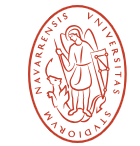
University of Navarra
-
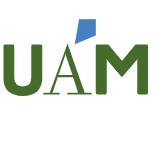
Autonomous University of Madrid
-

Polytechnic University of Catalonia
-

CEU University of San Pablo
-
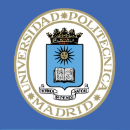
Technical University of Madrid
-

University of Lleida
-
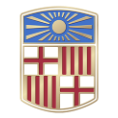
University of Barcelona
-

University of Oviedo
-

University of Salamanca
-

University of Valladolid
-

Mesoamerican University
-

Istmo University
-
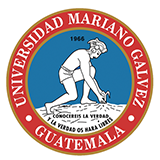
Mariano Galvez University of Guatemala
-
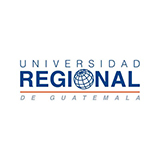
Regional University of Guatemala
-
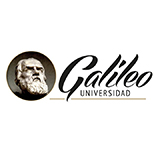
Galileo University
-

Francisco Marroquín University
-

Rafael Landívar University
-
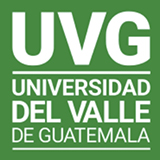
University of the Valley of Guatemala
-

University of San Carlos of Guatemala
-

Technological Institute of Tlaxcala Plateau
-

Golfo University
-
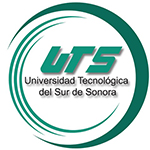
Technological University of South Sonora
-
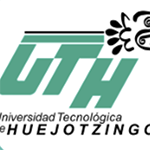
Technological University of Huejotzingo
-

Tizimín Institute of Technology
-

Chilpancingo Institute of Technology

